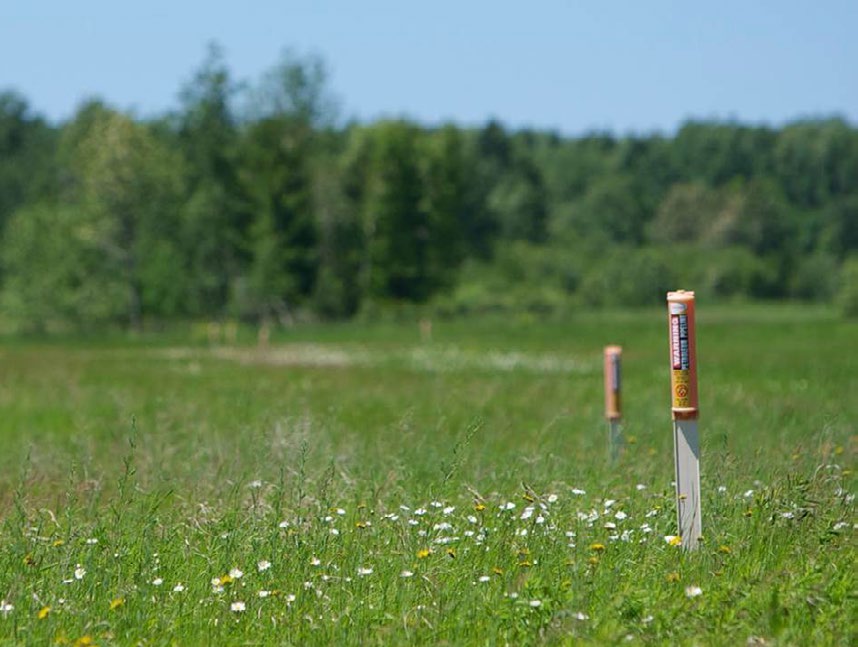Resulting benefits include reduced costs and enhanced habitat for wildlife and pollinators. IVM implementation is typically a modification of existing, typical practices. Therefore, the transition from an existing vegetation management regime to a program that incorporates IVM can be straightforward.
Our team has successfully developed, implemented, and managed IVM programs on 13,000+ miles of utility corridors and hundreds of acres of company-owned properties. We understand the complexities of vegetation management, including economics, scheduling, invasive species management, and related environmental compliance obligations.

Merjent customizes IVM programs for each client’s needs and expectations by identifying client-specific objectives for vegetation management, discussing how IVM can accomplish these objectives, and the ultimately developing and implementing IVM strategies. Merjent provides the following spectrum of IVM services from planning to public outreach and stakeholder engagement:
Leslie TeWinkel, PhD
leslie.tewinkel@merjent.com
Robb Roos, MS, PWS
robb.roos@merjent.com
Jameson Loesch, MS
jameson.loesch@merjent.com